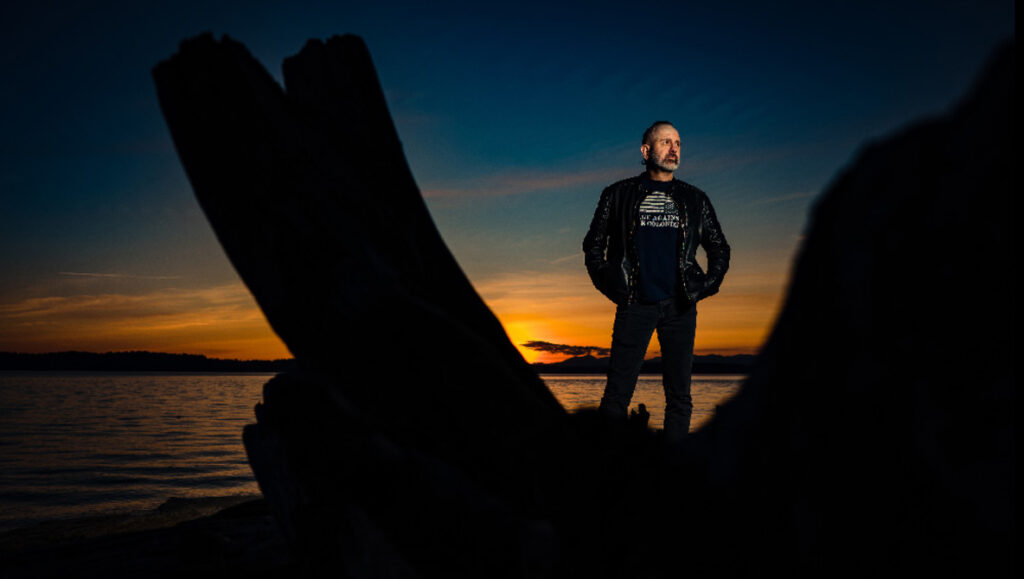- Camera
- Camera Lenses
- Camera Gimbals
- Camera Accessories
- Abs Flight Case
- Articulated Magic Arm
- Bag Case
- Batteries Power
- Blackmagic Accessories
- Camera Carry Strap
- Camera Dry Box
- Cleaning Kit
- Cups
- Dji Accessories
- Filters Accessories
- Flash Diffuser
- Gopro Accessories
- Insta360 Accessories
- Laptop Accessories
- Lens Hoods Caps
- Memory Cards
- Micro Photography
- Tripods Support
- Drone Camera
- Video Lights
- Lighting & Studio Accessories
- Pro Audio
- Studio Production
- Mobile Gimbal
- Gaming Consoles
- Apple Macbook
- Top Selling
Transform a Photograph Using Flash

One of the quickest and easiest ways to completely change an image and make it more memorable is to add a flash. Introducing flash techniques to your photography doesn’t only mean more light. It also means more more exposure options, and more control. And a lot more complications.
But it also opens up whole new areas of photography, allowing you to advance your skills.
What Is Flash Photography?
As the name suggests, flash photography means the creation of images using artificial light. The light source can be a classic Speedlight flash or studio lights.
The beauty of flash photography is that you are not forced to adapt to the ambient light. Instead, you create and sculpt your own light.
So how can I control light using a flash?
- Change the intensity of the light: choose from full output power down to 1/64th or 1/128th of full power.
- Adjust light spread (zoom): You can either make the flash beam narrow or wide by zooming in/out the flash head (measured in mm). As you zoom out the flash head the flash beam becomes more narrow. As you zoom in, the beam becomes wider.
- Change direction of the light: by bouncing the flash off another surface or by entirely moving the flash off-camera
- Modify the quality of light: by using different light modifiers.
Flashes are also useful outdoors, to improve your photos in tricky light conditions.
Tips on How to Use a Flash
Using flash in your photography may sound intimidating at first. That is why we wanted to give you these tips and tricks to get the best results out of your flash photography.
Use Fill Flash Outdoors to Balance Exposure
Do you struggle to get good family photos during outdoor activities?
The main problem, especially on sunny days, is that most of the time you will shoot ‘into’ the light.

In this case, particularly if you shoot in automatic mode, one of two things will happen. Both of which are undesirable.
- The bright background will be properly exposed, but the backlit subject will be underexposed; or
- The backlit subject is properly exposed, but the brighter background is overexposed.
How to Avoid Red-Eye When Using Flash
The red-eye effect happens when the flash is used to take a shot and the pupils of humans or animals appear red.
In low-light, pupils dilate, but the flash occurs so fast they cannot contract. Thus, the camera picks up the light reflected back through the pupil after bouncing off the back of the eye. The main cause of the red color comes from the blood vessels in the eye.
The simplest solution to avoid the red-eye effect is to ask the subject to look away from the camera.
If that is not ideal, most cameras have red-eye reduction capabilities built-in. For example, they can fire the flash twice when the shutter is pressed, causing the pupil to contract. This function will tame the red-eye effect.
Bounce Your Flash for a Softer Light
There are two types of light in photography: hard and soft.
- Hard light creates more contrasted images
- The soft light gives more balanced images
If you take an image using direct flash, the light is hard and will cast strong, ugly shadows on the background.
To learn more about applying these principles and buying Best Camera or to know camera price in Pakistan, please contact our experts.

